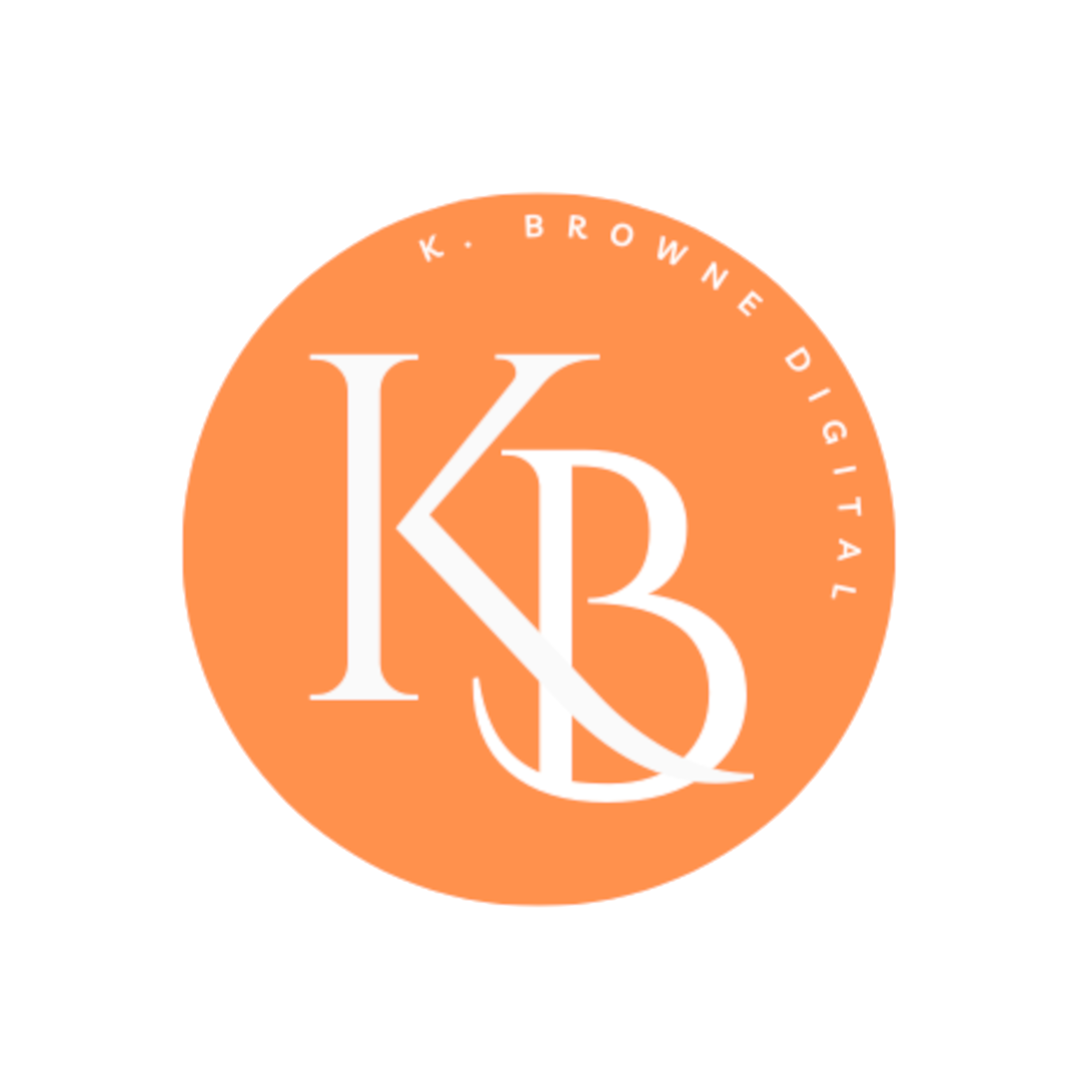Welcome, Nutritionists! Today, we’re diving into the exciting world of market research and conversion rate optimisation.
Step 1: Survey Says!
Surveys are like the Swiss Army knife of market research. They’re versatile, easy to use, and super effective. Here’s how to get started:
- Crafting the Perfect Survey: Keep it short and sweet. No one wants to answer a 50-question marathon. Aim for 5-10 questions focusing on what you really need to know.
- Ask the Right Questions: Use a mix of multiple-choice and open-ended questions. For example, “What features do you value most in our product?” or “How can we improve your experience?”
- Distribution Magic: Send your survey via email, social media, or even pop-ups on your website. Tools like SurveyMonkey or Google Forms are your best friends here.
Step 2: The Interview Extravaganza
Surveys are great, but interviews take market research to the next level. Here’s your step-by-step guide to conducting stellar client interviews:
-
- Select Your Stars: Choose a diverse group of clients to get a well-rounded view. Think of it as casting for a reality show – you want a mix of characters!
- Prepare Your Script: Write down your questions, but keep it conversational. You’re not interrogating a suspect, you’re chatting with a friend.
- The Interview Itself: Be a good listener. Let your clients talk about their needs, preferences, and any pain points. Record the interviews (with permission) so you don’t miss any golden nuggets of information.
- Analyse the Data: Look for patterns in the responses. Are multiple clients mentioning the same issue? That’s a sign you need to address it.
- Select Your Stars: Choose a diverse group of clients to get a well-rounded view. Think of it as casting for a reality show – you want a mix of characters!
Step 3: Google Analytics – Your Spy Tool
Now that you’ve got direct feedback from your clients, it’s time to dive into the data. Google Analytics is like your spy tool – it tells you what your visitors are doing on your website.
-
- Set Up Goals: Define what a conversion means to you. Is it a purchase? A sign-up? Setting up goals in Google Analytics will help you track these conversions.
- Analyse Behaviour Flow: Check out the Behaviour Flow report to see how visitors navigate your site. Where do they drop off? Which pages do they linger on? This can give you insights into what’s working and what’s not.
- Demographics and Interests: Enable the Demographics and Interests reports to learn more about your visitors. Are they mostly millennials? Do they love cooking? This information can help you tailor your content and marketing efforts.
- A/B Testing: Use tools like Google Optimize to run A/B tests on your site. Change one element at a time (like a headline or call-to-action button) and see what performs better. It’s like a science experiment for your website!
- Set Up Goals: Define what a conversion means to you. Is it a purchase? A sign-up? Setting up goals in Google Analytics will help you track these conversions.

Bringing It All Together
By combining surveys, interviews, and Google Analytics, you get a 360-degree view of your clients’ needs and preferences. This powerful trio can help you optimize your website for better conversions. Remember, the goal is to make your clients feel like you’re speaking directly to them.
Final Thoughts
Market research doesn’t have to be a dull chore. Think of it as a treasure hunt where the prize is happier clients and higher conversions. So grab your magnifying glass, put on your detective hat, and start uncovering those insights!
And if you ever feel stuck, remember – I’m here to help you create your website or market your consultancy. Just give me a shout.
Happy researching!
Subscribe today and let’s start nourishing your growth together!

